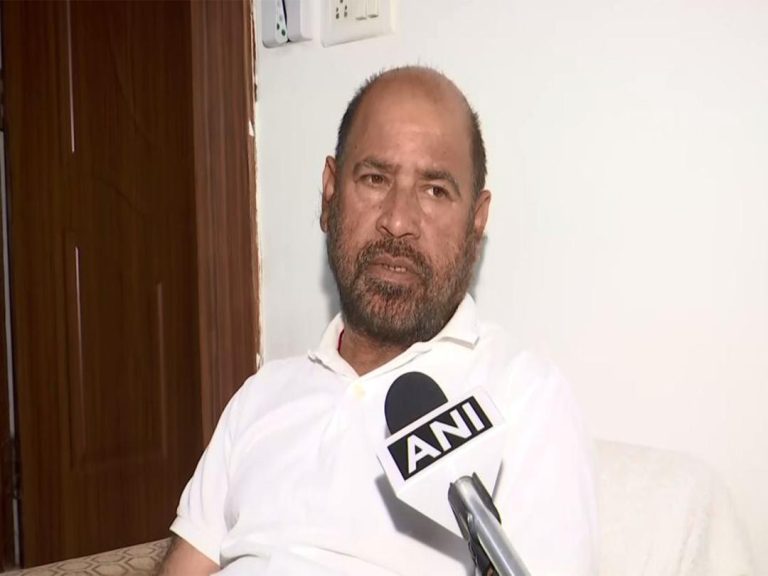
Professor who explained husband’s death using Science in HC gets life term for murder
Mamta Pathak, a 64-year-old former Chemistry professor, has been handed a life imprisonment sentence by the Madhya Pradesh High Court for the murder of her husband. The professor’s defense, which relied heavily on scientific reasoning, had earlier gone viral on social media. However, the court has dismissed her claims and upheld the conviction.
The case dates back to 2018 when Pathak’s husband, 70-year-old Pradeep Pathak, was found dead at their home in Indore. The police initially believed that the death was due to accidental electrocution, but forensic and post-mortem findings later suggested foul play.
Pathak had argued in her appeal that her husband’s death was an accident and that the autopsy report was flawed. She used scientific reasoning to explain the alleged inconsistencies in the report, claiming that the presence of electricity in the body was not sufficient to cause death.
In a video that went viral, Pathak can be seen explaining her theory to the court. She claimed that the electrical current in her husband’s body was not strong enough to cause cardiac arrest, and that the autopsy report was tampered with to make it look like a murder.
However, the court has dismissed Pathak’s defense, saying that her claims were not backed by scientific evidence. The court also took into account the testimony of forensic experts, who concluded that the electrical current in Pathak’s husband’s body was strong enough to cause cardiac arrest.
The court also found that Pathak had motive to kill her husband, citing a disagreement over property and assets. The court observed that Pathak had been trying to get rid of her husband for some time and had been plotting to kill him.
The judgment has sent shockwaves through the scientific community, with many experts criticizing Pathak’s defense as unscientific and flawed. Dr. S.K. Verma, a forensic expert, told News18 that Pathak’s defense was “ridiculous” and that the court had rightly dismissed it.
“It’s not just a matter of explaining the science, but also understanding the context and the evidence,” Dr. Verma said. “Pathak’s defense was not based on any scientific evidence, it was just a bunch of speculative ideas that she was trying to pass off as science.”
The case has also raised questions about the role of science in the legal system. While science can be a powerful tool in explaining complex phenomena, it is not infallible. In this case, Pathak’s defense relied heavily on her own interpretation of scientific evidence, rather than accepting the findings of forensic experts.
The judgment is a reminder that while science can be used to explain complex phenomena, it is not always a reliable guide. In the end, it is up to the courts to decide what is scientifically sound and what is not.
In conclusion, the case of Mamta Pathak highlights the importance of accepting the scientific consensus and the need for experts to be independent and unbiased. While science can be a powerful tool in the legal system, it is not infallible and should be used responsibly.






